It’s that time of year. Time to think about what to get the special people in your life. Here in the Bay Area, chances are your loved ones don’t have a lot of space (physically and temporally) for presents. Apartments are small, schedules are full. So this year, forget the carbonation machine, they’ll use it for a month and go back to Perrier. Don’t bother with the latest technology — it’ll be obsolete in a season. And forget the activity-based gifts — there’s no time for that cooking lesson or wine tasting train ride. Instead, go with the foolproof present your recipient can use and admire at her leisure: a well-chosen art book.
Here are eight books for the art lover in your life, including books about art and books that are art. And when those holidays roll around, don’t say you couldn’t think of a good present.
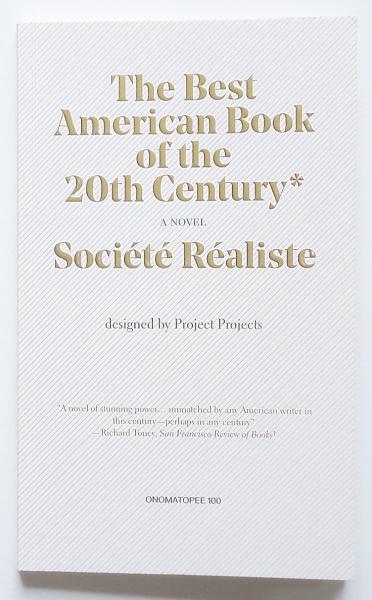
The Best American Book of the 20th Century: A Novel, Société Réaliste
Onomatopee, 2014, 112 pages
Cleverly assembled from “the first sentence of the first best-selling book of 1900, the second sentence of the second best-selling book of 1900… and so on up to the end of the century, to the thousandth sentence of the tenth best-selling book of 1999,” The Best American Book is an amalgamation of populist American literature, from Ernest Hemingway to Ayn Rand, John Steinbeck to Toni Morrison. Perfectly pocket-sized to mimic its source material, the book replaces proper nouns with pronouns to enhance readability. “The work of the day being over,” reads the first sentence of Mary Johnston’s To Have and To Hold (and the first sentence of The Best American Book), “he sat down upon his doorstep, pipe in hand, to rest awhile in the cool of the evening.” Could it be that these authors, across time, subject and writing style, are essentially telling the same story?
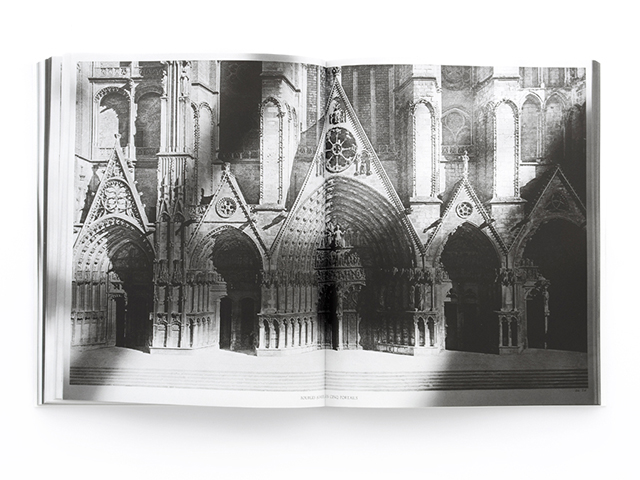
Cathédrales, Laurence Aëgerter
RVB Books, 2014, 248 pages
Starting with an official 1949 tourism catalog of French cathedrals and churches, Laurence Aëgerter placed the book by her studio window, allowing light and shadows to fall across a reproduction of the façade of the Saint-Étienne cathedral in Bourges. Taking one photograph every minute for two hours, she captured 120 variations of light across the printed page. Referencing Monet’s Rouen cathedrals in an age of mechanical reproduction, Cathédrales is an elegant photo book perfectly suited to its form. As the pages turn, time passes, shadows shift and the cathedral is slowly shrouded in darkness. A simple, beautiful, and thoughtful book, consider Cathédrales for the Francophile in your circle, or for the Instagram-frenzied friend who could use a reminder about quiet, contemplative moments.
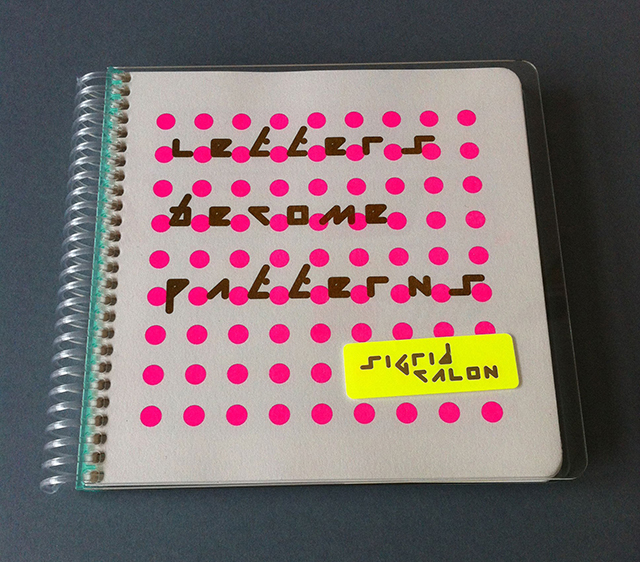
Letters Become Patterns, Sigrid Calon
Self-published, 2014, 56 pages
Sigrid Calon, based in Amsterdam, is something of a star on the art book fair circuit. Using a Risograph machine (a trendy form of automatic screen printing) she creates prints and books of graphic patterns, layering colors to achieve lovely tonal shifts and optical effects. At the 2014 New York Art Book Fair, she unveiled Letters Become Patterns, a square spiral bound book with a clear perspex cover and pleasing rounded corners. Each spread shows patterns derived from the letters of the alphabet, shapes repeated until they become abstract. A perfect gift for a graphic designer, a precocious alphabet learner, or simply anyone who enjoys dramatic combinations of color and form.
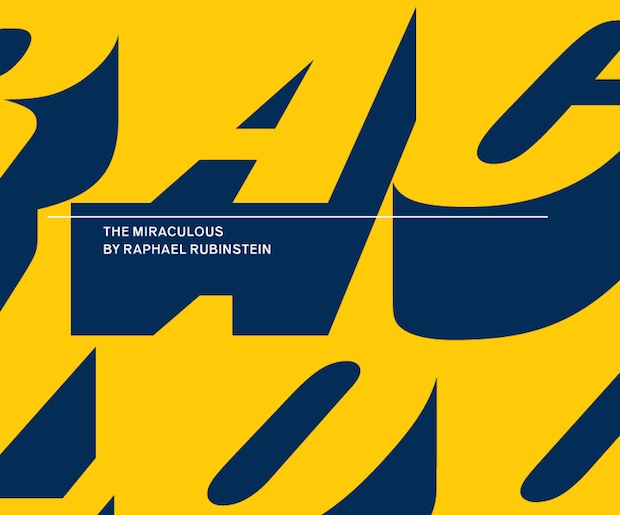
The Miraculous, Raphael Rubinstein
Paper Monument, 2014, 72 pages
The Miraculous retells legendary moments from the past five decades of art history as fable-like stories. In fifty episodes, Rubinstein withholds the names of famous artists to detail the conception of a particular piece, the happy accident that led to a fruitful career, the moment when a particular artwork became legendary. While many of the chapters in The Miraculous may be familiar, the book distances itself from the traditional narrative of contemporary art by eliminating authorship and intention. With dry yet mesmerising prose, The Miraculous is a fast read you’ll return to again and again for its ability to make the quotidian otherworldly, like the artists it profiles. Select this inspiring experiment in arts writing for the art historian, the artist, or the storyteller in your life.
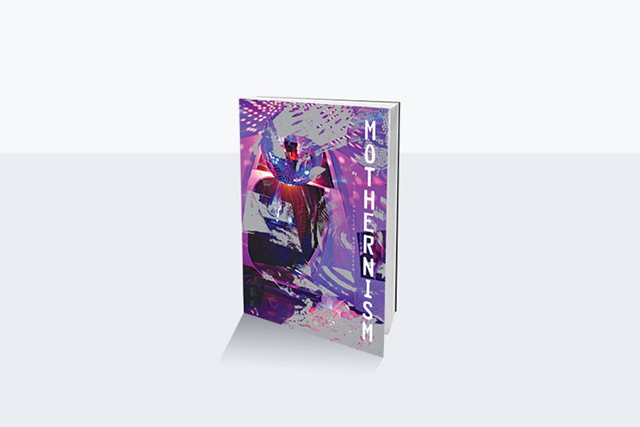
Mothernism, Lise Haller Baggesen
Green Lantern Press, 2014, 152 pages
The book’s tagline reads: “At the intersection of feminism, science fiction, and disco, Mothernism aims to locate the mother-shaped hole in contemporary art discourse.” There’s no way to explain how these themes mesh completely and effortlessly in Baggesen’s writing without simply saying: they do. Each chapter is a letter addressed to nameless “Dear” (it could be her daughter, her sister, her mother, the reader). Mixing pop lyrics with art criticism, feminist theory and gender politics, she issues calls to arms, makes jokes, delves into engaging personal histories and signs off on each one, “Love, Mom.” The book itself is beautiful — printed in purple ink, the edges gilded in silver.
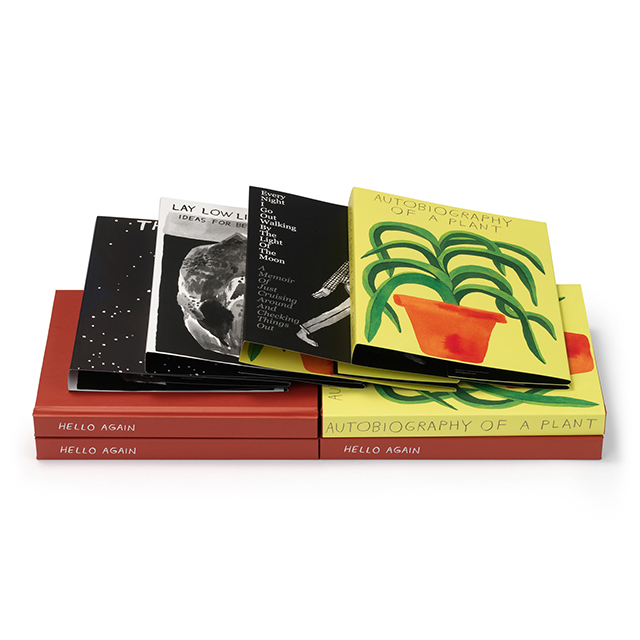
Various notebooks, Plumb
A collaboration between Knock Knock, artist Tucker Nichols and designers MacFadden & Thorpe, Plumb is an unconventional line of artist-conceived notebooks. Working with three artists per season, their second batch of goods is even more exciting than the first. Artist and musician Nathaniel Russell contributes a “Fake-Jacket Journal,” a blank booklet with four absurd cover options to conceal its true nature from passersby. Painter Linda Geary’s “Stack Book” uses her homemade color swatches to enclose nearly 300 pages of thick white sketch paper. And Jason Polan’s “Observation Notebook,” spiral-bound stenographer style, prompts observational sketches with the question, “What are you looking at?”
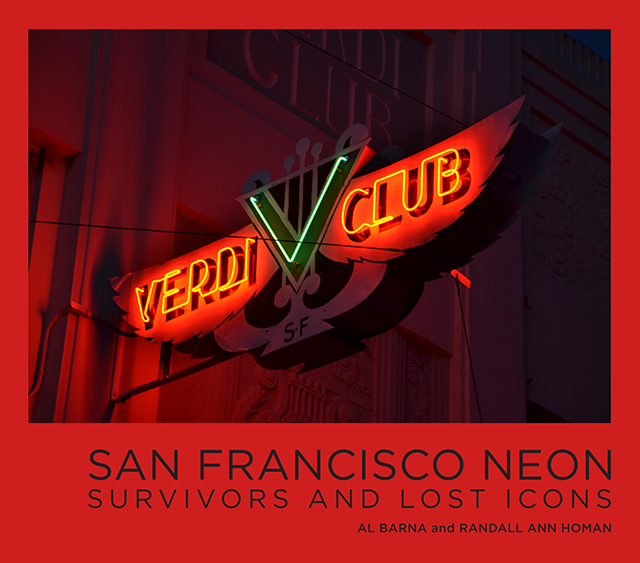
San Francisco Neon: Survivors and Lost Icons, Al Barna and Randall Ann Homan
Giant Orange Press, 2014, 160 pages
According to Tom Downs’ forward, “Neon is best in context,” but if you’re not interested in roaming the 49 square miles of San Francisco after dark, second-best is via the photographs in this book. San Francisco’s neon signs — some long gone, others currently operating, high class to mundane — get glossy attention in San Francisco Neon. Something about the red and green glow of many of the signs makes even images from 2014 look nostalgic. In the endnotes, signs are granted condition reports, charming and personal bits of text from the photographers, who obviously care deeply about the subject matter. The stories “can be a catalyst for San Franciscans to preserve their neon landscape,” they write. This might be the perfect gift for a friend who just moved to town, clueless as to where to start learning about San Francisco’s rich (and rapidly disappearing) history.
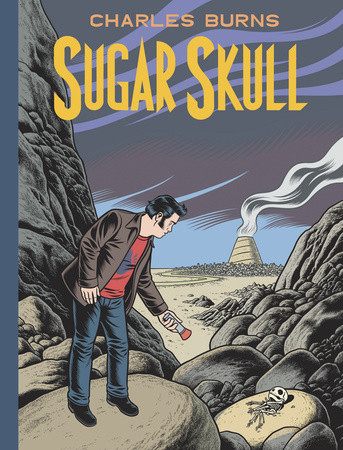
Sugar Skull, Charles Burns
Pantheon, 2014, 64 pages
It began in 2010 with X’ed Out. Two agonizing years later, The Hive arrived. And finally after another unbearable wait, Sugar Skull, the conclusion of Charles Burns’ epic graphic fiction trilogy about Doug, a young man in a doomed relationship who vacillates between a nightmarish netherworld and memories of his past. Sugar Skull reaches a “mind-bending, heartbreaking end” through Burns’ sumptuous colors and delicate line-work. The books are continuously rewarding, inviting return visits down the rabbit hole. Burns leads the reader into a labyrinth of memory, horror-tinged fantasy and myriad visual references, from which the return to everyday life is always jarring.